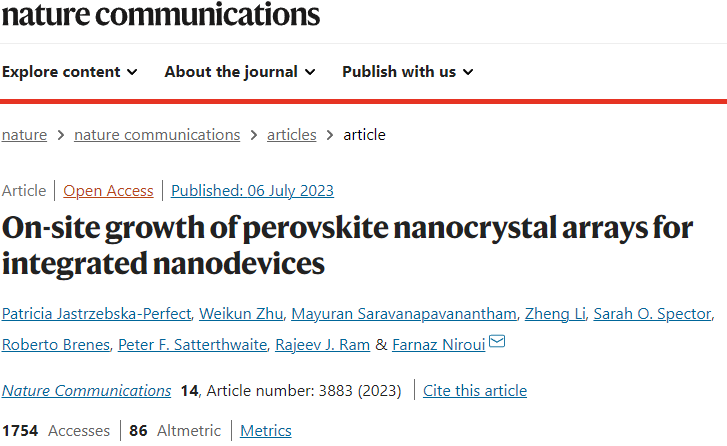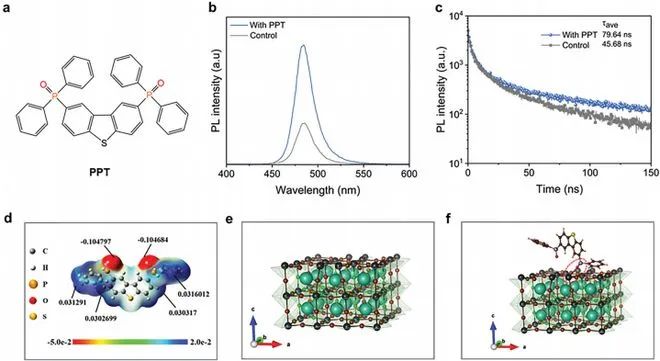The internal quantum efficiency has been increased to 70%, and this team has made a breakthrough in
- author:
- 2024-06-04 14:57:09
It is reported that the team's work mainly focuses on the problem of low luminous efficiency in the field of deep ultraviolet LEDs, and proposes a new technical route to introduce high-density quantum wire arrays on ultra-thin AlN templates with macro-step topography to improve crystal quality and enhance quantum confinement. The domain effect increases the internal quantum efficiency of the 280 nm deep ultraviolet light-emitting structure to 70%, laying a material foundation for the development of low-cost, high-efficiency deep ultraviolet LEDs.
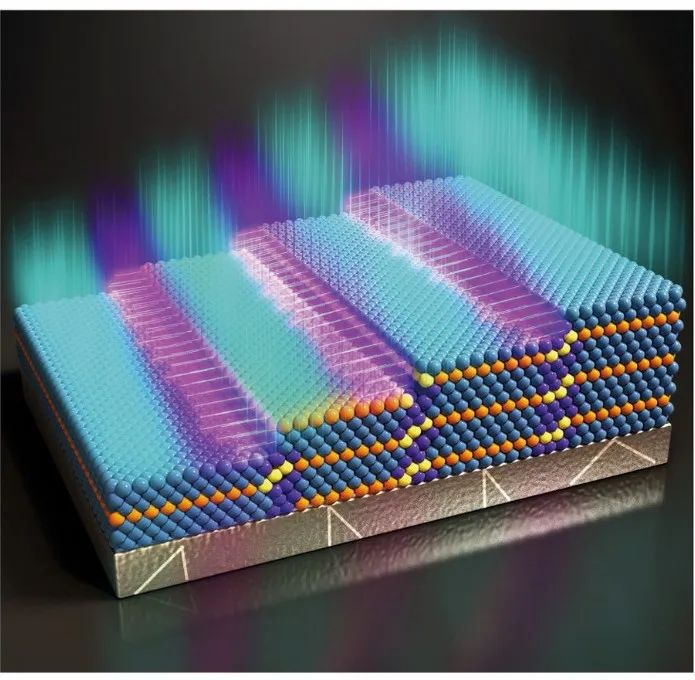
At present, the industry shows that AlGaN-based deep ultraviolet light emitting diodes (DUV LEDs) have many advantages such as mercury-free pollution, low voltage, small size, and easy integration, and are widely used in public health, environmental protection, biochemical testing, medical care, national defense and other fields. However, the current electro-optical conversion efficiency of AlGaN-based DUV LEDs is extremely low (usually <10%), which seriously restricts the industrial development and market application of AlGaN-based DUV-LEDs. Among them, difficulties in controlling defects, strain and quantum confinement in AlGaN with high Al composition are important reasons. In response to the above problems, the Advanced Materials Platform of the Institute of Semiconductor has developed a low-cost, high-efficiency deep ultraviolet light-emitting structure growth method using MOCVD. Specifically, a 400-nm-thick ultra-thin AlN epitaxial layer is grown on a high-tilt substrate. Macrosteps induce dislocation tilt and interaction to achieve high crystal quality and effectively suppress residual strain; then, Al atoms and Ga atoms at the edges of macrosteps are used. The difference in the efficiency of incorporation of Ga atoms has introduced high-density quantum wires into conventional quantum well structures, effectively improving the radiation recombination efficiency.
In the end, the internal quantum efficiency of 280 nm emission reached 70%, laying a material foundation for realizing low-cost and high-efficiency deep ultraviolet light-emitting devices.
The research is supported by projects such as the National Key Research and Development Plan, the National Natural Science Foundation of China, and the Natural Science Foundation of Guangdong Province.
TAG:
Guess you want to see it
Popular information
-
POB and COB: Who will dominate the future of Mini LED applications?
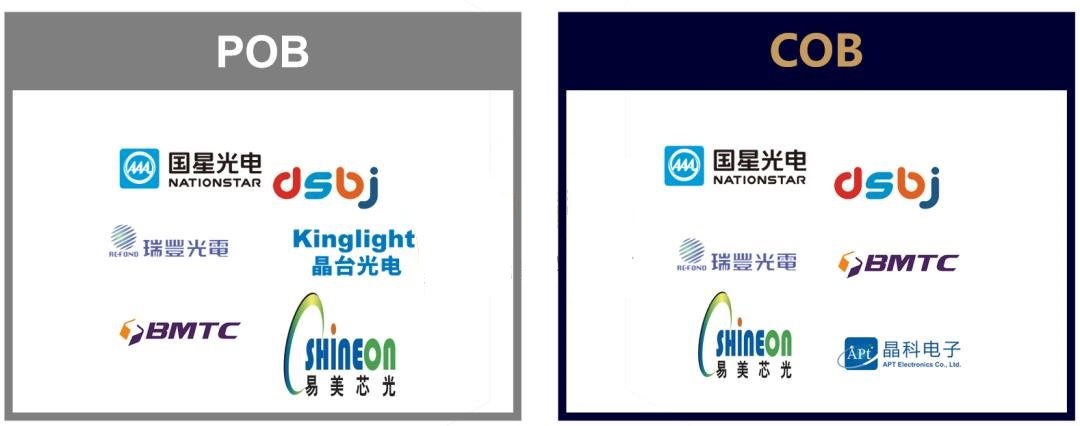
-
Analysis of Mini/Micro LED driving technology
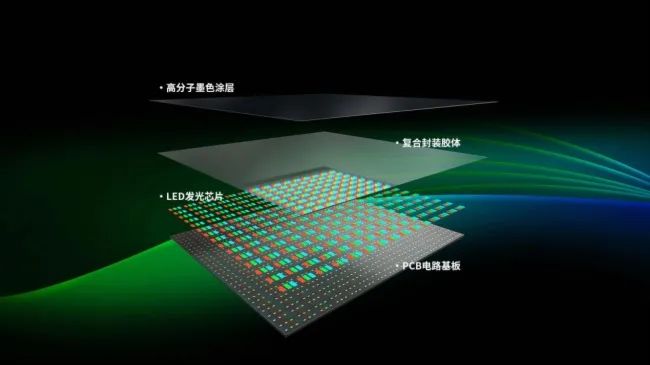
-
JCDecaux Chemical Corporation: The development of new Mini display-related products is progressing,
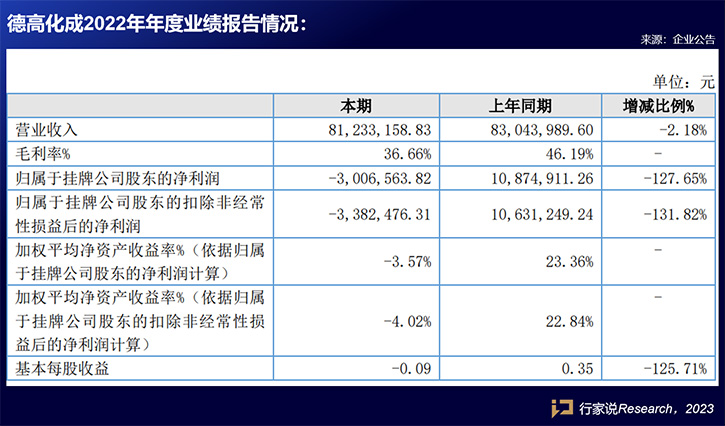
-
The total investment exceeds 26 billion yuan! This year's Mini/Micro LED is something to watch!
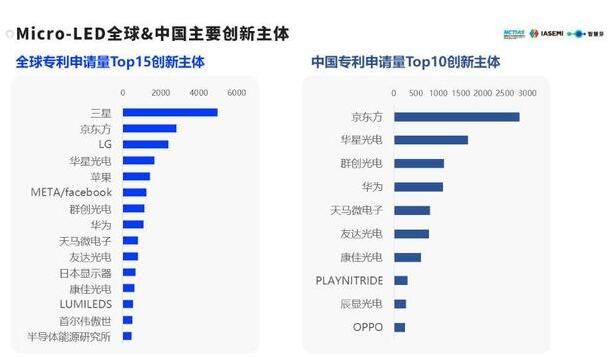
-
High-precision optical processing, this team used MINI-LED technology as a breakthrough point

-
The internal quantum efficiency has been increased to 70%, and this team has made a breakthrough in

-
LED screen production technology: Micro-LED vs. Mini LED
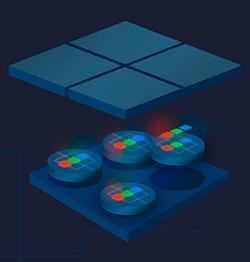
-
Involving key patents involving Mini LED, Zhaoyuan Optoelectronics, Xinruida, etc. disclosed...

-
Australia company Silanna UV achieves mass production of ultraviolet LEDs
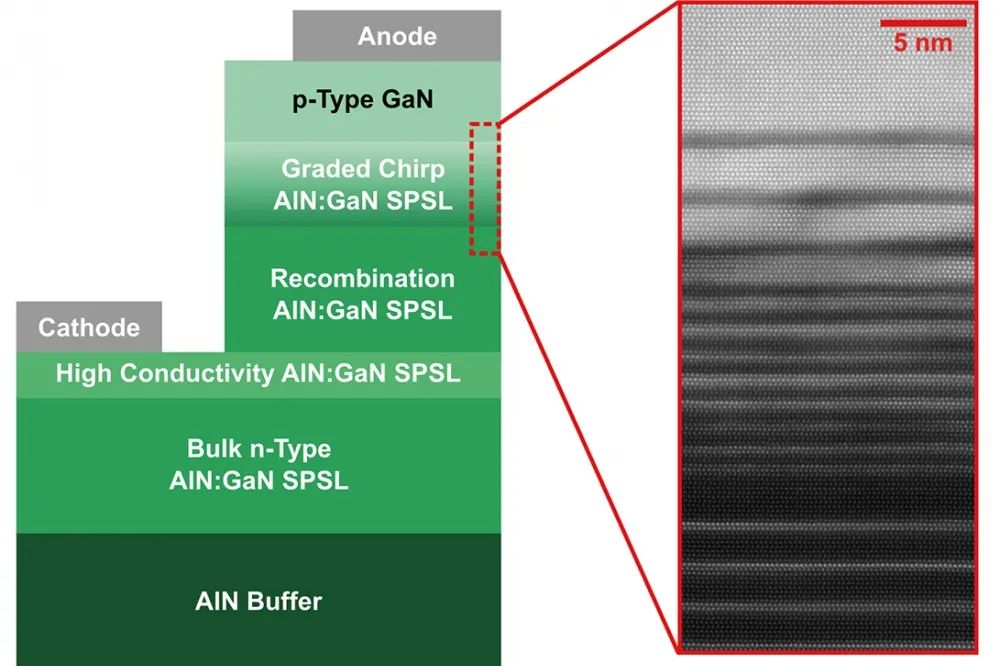
-
The latest research on UV LED solves 2 problems

the charts
- JCDecaux Chemical Corporation: The development of new Mini display-related products is progressing,
- The total investment exceeds 26 billion yuan! This year's Mini/Micro LED is something to watch!
- Involving key patents involving Mini LED, Zhaoyuan Optoelectronics, Xinruida, etc. disclosed...
- Division 5184! TCL launches Mini LED TV with peak brightness of 5000nit
- Mini/Micro LED equipment manufacturer Keyun Laser has completed Series B financing of over RMB 100 m
- Lenovo releases a new 34-inch hairtail display equipped with Mini LED backlight technology
- POB and COB: Who will dominate the future of Mini LED applications?
- The internal quantum efficiency has been increased to 70%, and this team has made a breakthrough in
- High-precision optical processing, this team used MINI-LED technology as a breakthrough point
- Analysis of Mini/Micro LED driving technology

